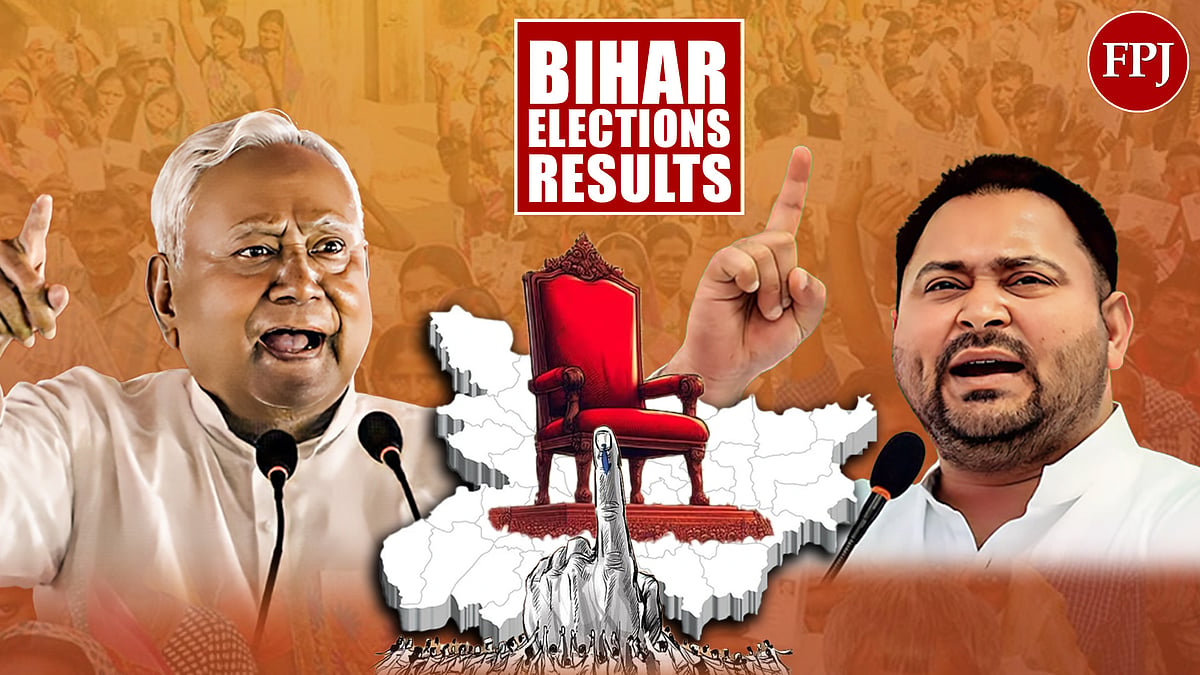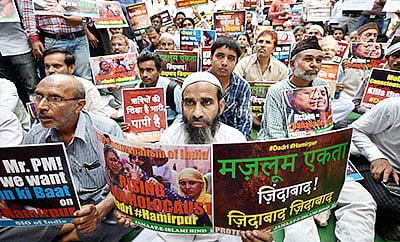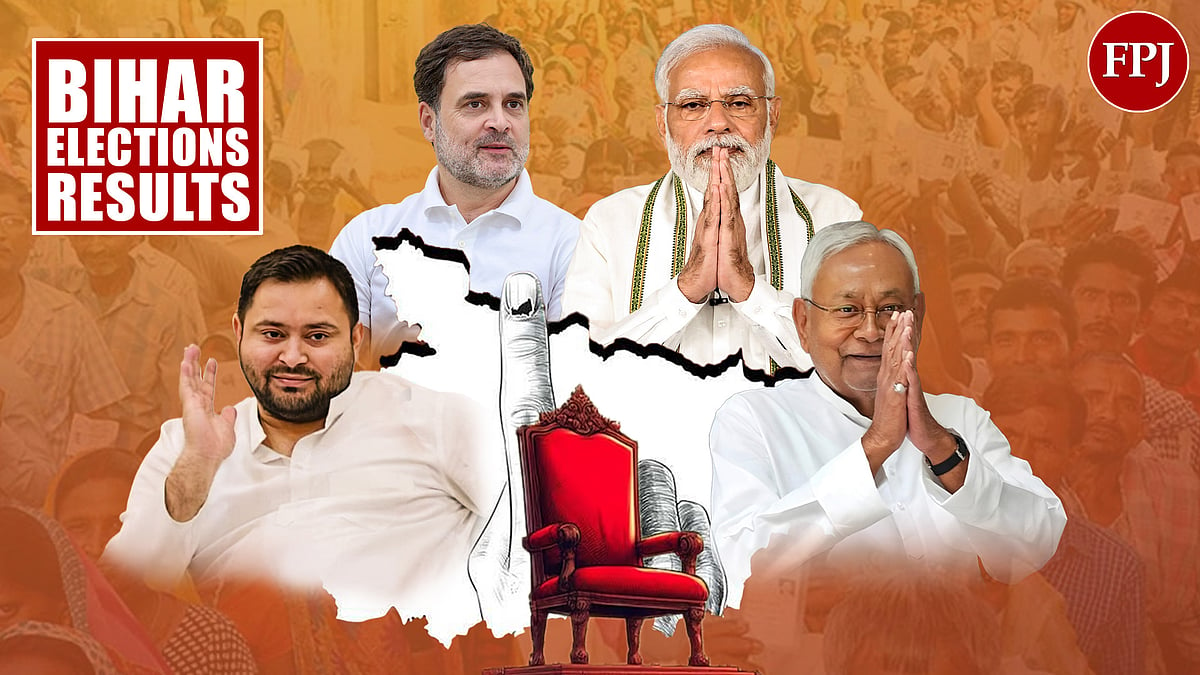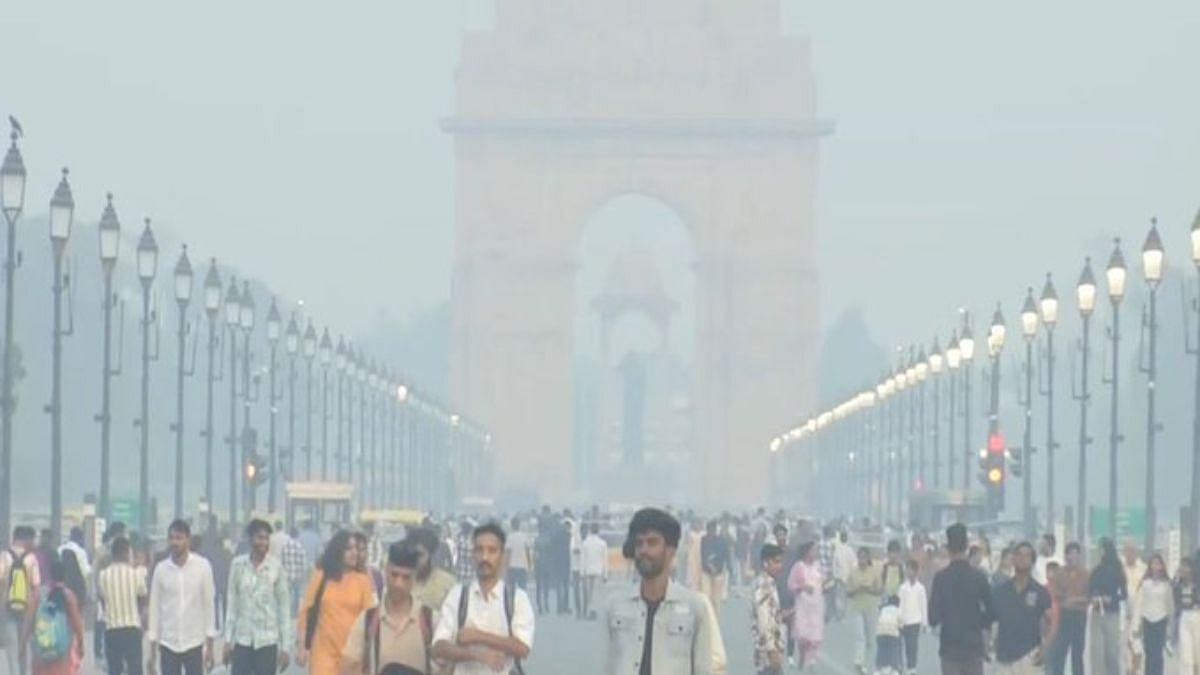What the National Democratic Alliance (NDA) has achieved in Bihar is nothing short of spectacular. In a political landscape where anti-incumbency often decides the tempo and tenor of elections, the NDA has scripted a landslide victory that few had predicted with confidence. When the state recorded a high voter turnout, many analysts rushed to conclude that the figure reflected a deep anti-incumbency mood. However, the results show that voters trooped to polling booths in large numbers to ensure that the Nitish Kumar-led government returned to power. In other words, it was a positive vote—an emphatic endorsement of the NDA.
Predictably, the Rashtriya Janata Dal (RJD) and the Congress have sought refuge in complaints about the Election Commission’s role. They can continue to harp on the alleged lapses, but these grievances do not explain the scale of their defeat. A party or alliance does not get trounced so comprehensively because of perceived administrative biases alone. It loses because the voters have stopped believing in its promises and leadership. If there is one demographic segment responsible for the NDA’s resounding victory, it is the women voters. Once again, they turned out in larger numbers than men. A decade ago, his bicycle scheme for girl students reshaped their mobility and educational aspirations. This time, the Rs 10,000 assistance for one woman per family tilted the scales decisively. Critics might deride this as a dole, but voters did not. In the excitement of securing tangible benefits, many even overlooked the embarrassing collapse of multiple bridges before completion. Even unemployed youth and other vulnerable groups also received financial support through various schemes.
The RJD’s counter-offer of one government job per family fell flat. It was a promise too extravagant to be believed. Bihar’s government sector, already overburdened and financially strained, could never absorb such numbers. Nitish Kumar offered fulfilment of promises already made; the RJD offered promises that voters instinctively recognised as hollow. A more detailed post-poll analysis will reveal how the Special Intensive Revision (SIR) of the voters’ list influenced the outcome. What is evident already is that the “vote chori” campaign launched by Rahul Gandhi and Tejashwi Yadav did not resonate. Their rallies did attract large crowds, but crowds do not always translate into votes. They failed to inspire confidence in an electorate that wanted stability and delivery, not rhetoric.
This is not to absolve the Election Commission entirely. Its decision to allow the distribution of money even when the Model Code of Conduct was in force did little to reassure observers of its impartiality. But to attribute the NDA’s victory solely to such lapses is to underestimate the voters’ intelligence. Instead of focusing on unemployment, the aspirations of the youth, and the NDA’s inability to give a much-needed push to infrastructure and development, the INDIA Alliance expended most of its energy talking about “vote theft” in Haryana, Maharashtra and Karnataka. Such a narrative might energise party loyalists, but it does not win seats.
Crucially, there has been a demonstrable erosion in the alliance’s vote base. The Congress and RJD assumed that Muslims would stay with the alliance by default. The results showed otherwise. In Seemanchal’s Muslim-majority constituencies, voters shifted their support to Asaduddin Owaisi’s party. This should serve as a wake-up call: the Muslim vote cannot be taken for granted simply through fear appeals or historical loyalties. The campaign that Nitish Kumar had become too old to lead failed to make a dent. In the previous election, the RJD accused the Congress’s low strike rate of sinking the Mahagathbandhan. This time, both parties recorded uninspiring numbers. Uncomfortable questions will now surface about Rahul Gandhi’s competence to lead the INDIA alliance.
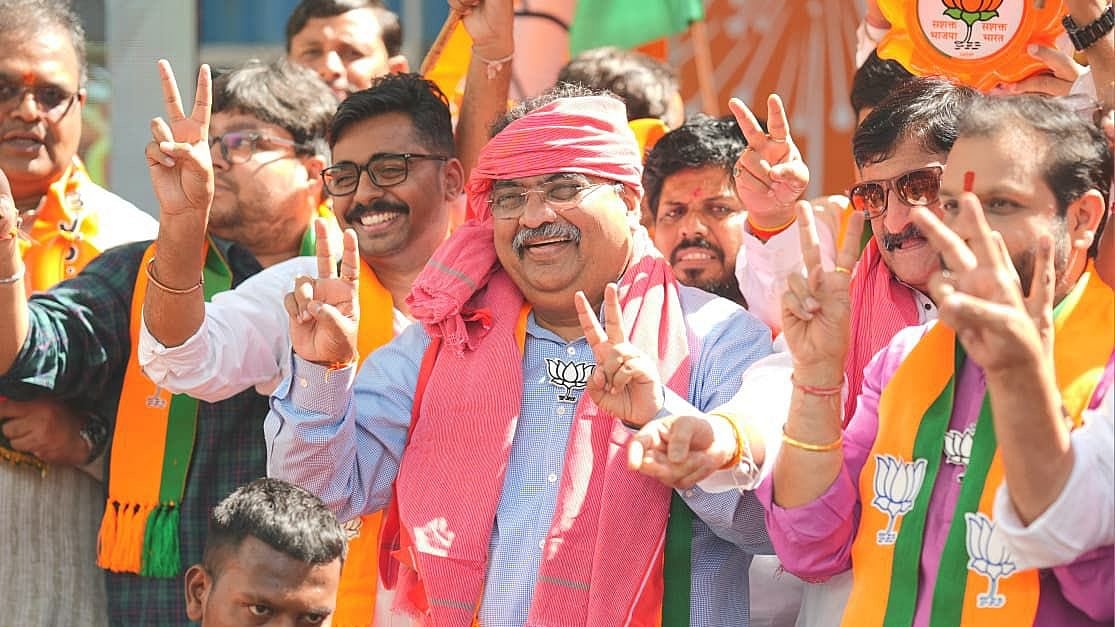
Slogans like “vote chori” make good headlines. But a party like the Congress lacks the organisational machinery to convert headlines into votes. Tejashwi Yadav, who had energised the youth in the previous election, did not enjoy the same appeal this time. Additionally, the alliance was far from united. “Friendly contests” in several constituencies confused voters about the coalition’s cohesion and seriousness. Another major loser in this election was Prashant Kishor. The famed poll strategist, who has guided many leaders to victory, failed spectacularly when tasked with building his own party. As one wag quipped, if the Jan Suraaj Party received as many votes as the interviews Kishor gave, its candidates would have performed far better. Chirag Paswan, meanwhile, proved himself a far more practical politician than even his late father, Ram Vilas Paswan. His strike rate was impressive, and he has emerged as a significant player in Bihar’s evolving political mosaic.
Though the BJP never definitively revealed who would lead the next government, it will find it difficult to ask Nitish Kumar to step aside now. Kumar is too seasoned a political player to be edged out. If he takes oath as Chief Minister again, it will be for the tenth time—an extraordinary political feat. His rivals have long argued that his frequent shifts in political allegiance have eroded his credibility. Yet his party’s strong performance after two decades in power suggests that voters continue to credit his governance record more than his political acrobatics.
The BJP, having won more seats than the JD(U), may not relish playing second fiddle. But to deny Nitish Kumar the chief ministership now would be to invite unnecessary turbulence—something the BJP would be ill-advised to risk. The mandate is clear, and any attempt to overturn the spirit of the verdict will be seen as political arrogance. The Bihar results reaffirm a simple truth: voters reward delivery, not noise. And in this election, the NDA delivered where it mattered most—at the level of everyday lives.
